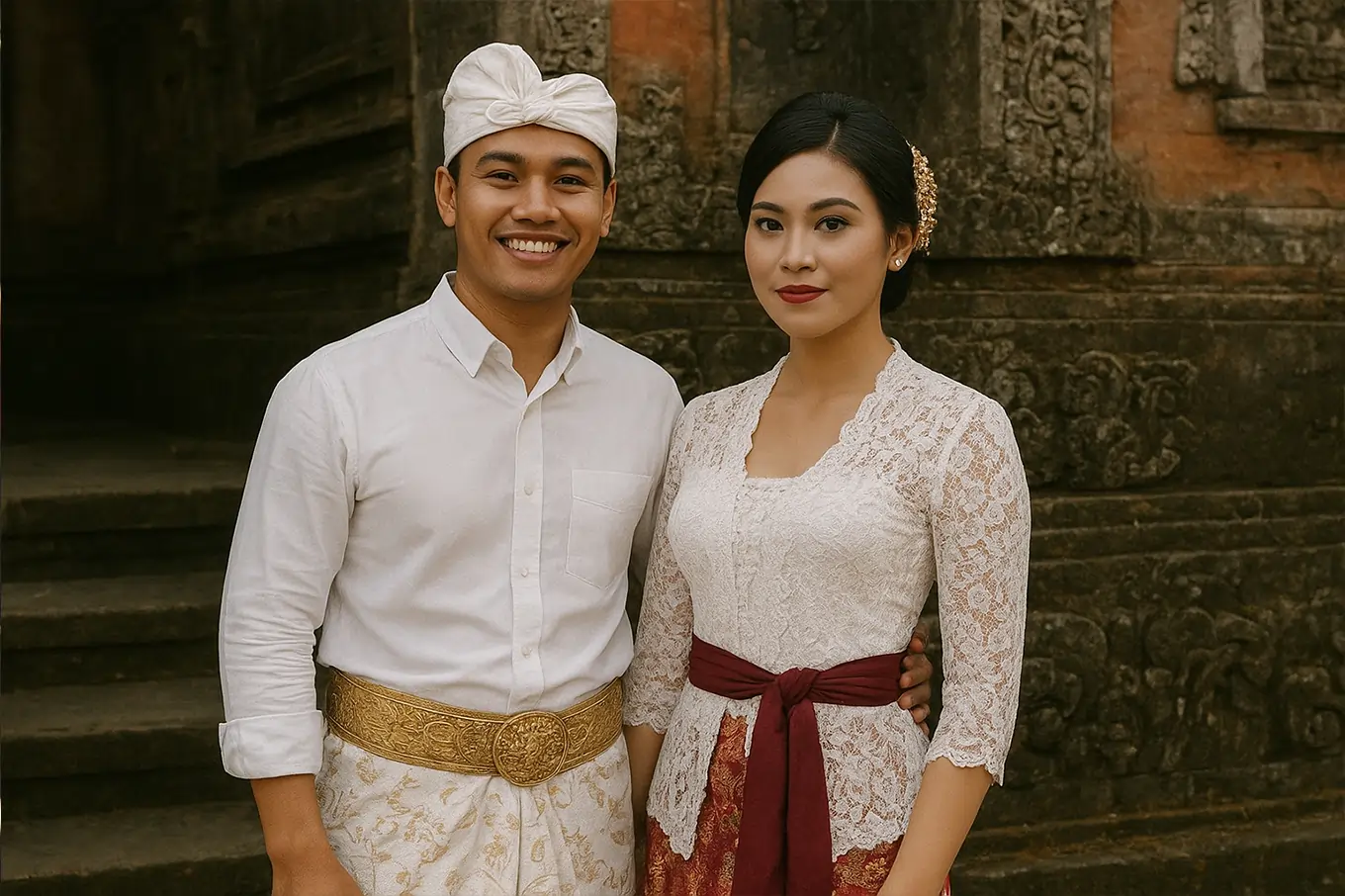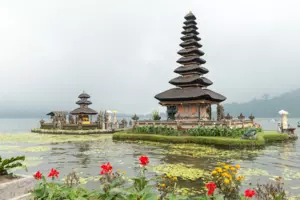
What are you curious about visiting Bali for the next stop? This place is known as a paradise in Southeast Asian, a place where many locals, tourists, and people around the world meet and know each other. It's not just the vibrant and cultural event you’d have when visiting or living in a long-term, you can also enjoy Bali traditional clothes, both for men and women, with the history behind them. Same as any traditional clothes in every city of Indonesia, Balinese clothes have a history rooted in pre-15th-century Java, with Hindu aristocracy fleeing to the island and bringing their textiles.
What’s the meaning of Bali traditional clothes based on the story, and how different of these traditional clothes from others? Let’s see and learn more about the Balinese before you visit and live there.
The History of Bali Traditional Clothes
Bali traditional clothes are more than just garments, but they are also a living expression of expressions from the island’s spiritual, artistic, and historical heritage. The origins date back to pre-15th-century Java, when Hindu aristocracy and noble families migrated to Bali and brought intricate weaving techniques, textiles, and ceremonial attire that later evolved into the Balinese style we can see today. These garments were not only designed for daily wear but strongly tied to religious ceremonies, temple rituals, and expressions of social status within the Hindu-Balinese caste system.
Traditionally, men wore kamen, a wrapped cloth similar to a sarong from Muslim men's clothes, and Udeng (headcloth), symbolizing respect and purity when entering temples. Women often wore a kebaya combined with a selendang (sash) and decorative hair accessories made of flowers or gold. Each detail has a symbolism, from fabric patterns to color choices, carrying deep meaning. White for purity, yellow for prosperity, red for strength, and black for protection.
What Makes Bali Traditional Clothes Unique?
In a different mode but still on the same materials, Bali traditional clothes are one of the unique cultural clothes in Indonesia. Made with a seamless blend of religious significance with daily cultural practices. Compared to other traditional clothes in Indonesia, unlike Javanese batik, which emphasizes detailed motifs for formal and casual wear, Balinese attire is more ceremonial, dynamic, and heavily used in temple offerings, weddings, and festive events. Another difference is the flexibility in design. Balinese people often adapt their traditional clothes to modern influences, making them more practical for festivals or special occasions while preserving their sacred meaning.
Using a vibrant range of colors and floral elements, Bali traditional clothes are made with the island's tropical spirit and its close connection with nature and Hindu rituals. The meaning and the function of Bali’s clothes may be different way than other cultural clothes in Indonesia. But in some practical like a ceremony or the meaning of the clothes, Balinese clothes, like others, are made from cultural trust.
When and Where Are Bali Traditional Clothes Worn?
Bali traditional clothes are most commonly worn during religious ceremonies at temples, weddings, funerals, and special festivals such as Galungan, Kuningan, Nyepi, and Canang Sari. Many local families also wear them on Sundays when visiting temples to pray. As a tourist from around the world, you’re interested in wearing these clothes is not a problem. In fact, it’s encouraged when visiting sacred places! Most major temples like Uluwatu Temple, Besakih Temple, and Tanah Lot offer sarong rentals and provide sashes to help visitors show respect to the sacred grounds. Tourists are welcome to wear traditional clothes during cultural tours, photo sessions, or even participate in workshops that teach how to properly wear them. However, it’s essential to follow local customs, for example on wearing a sash (selendang) around the waist is considered a sign of respect in temples.
Experience Balinese Culture with Alzeto Coliving
How to find a place with offers some cultural events to wear these Bali traditional clothes and have fun with the traditions? To explore Bali’s culturally vibrant aspects from ceremonials, traditional dance, and wearing the clothes, you’d stay in a location that connects you with culture. One of the places we had considered for you is Alzeto Coliving, which offers a perfect balance of comfort, community, and cultural proximity. Not just a place to rest, with 4 different types of rooms you choose from. At Alzeto Coliving, just a short ride to visit major temples, art markets, and traditional dance performances. Alzeto gives you access to workshops and cultural experiences every week while enjoying modern amenities, shared spaces, and a vibrant community of travelers and digital nomads.
Whether you’re learning the meaning behind the colorful fabrics, joining a temple ceremony, or simply capturing your moments when staying and living in this beautiful place. Alzeto Coliving will make your cultural journey effortless and memorable. Book your room today and have the best experience in Bali here.
Published on 01 September 2025
